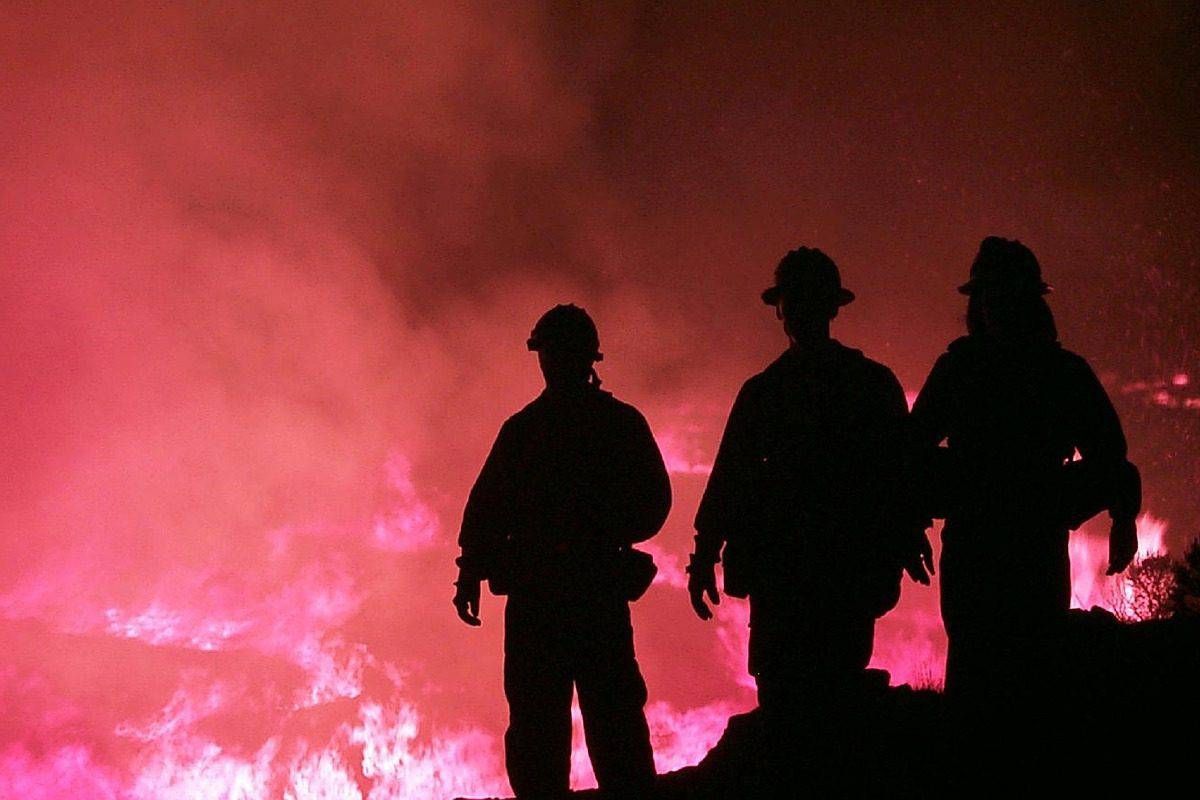A major change in tactics is needed to tackle Australia’s major bushfires in future, a report released by the Emergency Leaders for Climate Action says.
The group comprises former fire chiefs who, during June and July, convened a summit with around 150 experts and community members to analyse the Black Summer bushfires and come up with recommendations to avoid a repeat.
The report, entitled ‘Australian Bushfire and Climate Plan’, contains 165 recommendations the group believes will help reduce the ongoing threat of catastrophic bushfires each Australian summer.
Address root cause of fossil fuels
At a strategic level, the plan says the Federal Government must address the root cause of the climate crisis and worsening bushfires through a national commitment to net zero emissions, strengthening of Australia’s 2030 emissions reduction targets, and the managed phase-out of all fossil fuels.
At a tactical and more immediate level, the key priority is the early detection and extinguishing of fires, including through an automated network of sensors, and the immediate deployment of aerial and ground firefighting crews on days of very high fire danger.
In an interview with news.com.au, former Fire & Rescue NSW Commissioner, Greg Mullins, said the change in the ferocity of fires required more of a focus on first-attack responses, including systems to rapidly identify any blazes when they first start.
Methods to identify such blazes included lightning detection, aerial reconnaissance and the use of satellites.
Attack the fires when they are small
“The basic premise is that all big fires start small, so if you can round them up when relatively small, then we are able to move on to next outbreak,” he said.
This approach would also require more remote fire teams, which can be dropped by helicopter into certain areas to get blazes under control quickly.
Mullins told news.com.au that these specialist firefighters were used to great effect during the Gospers Mountain blaze on Sydney’s north-western outskirts, which was ablaze for several months during Black Summer.
Develop self-sufficient aerial capacity
There should also be more funding to develop a self-sufficient Australian medium and large aerial firefighting capability, the report urged.
“This is important, given the increasing overlap of fire seasons between the Northern and Southern Hemispheres, restricting access to medium, large and very large water-bombing aircraft [coming from Northern Hemisphere countries]. This will help to develop innovative businesses and opportunities as additional benefits,” it said.
“Funding for the training of local pilots to fly firefighting aircraft should be increased, to reduce reliance on assets and personnel from the Northern Hemisphere, which may be increasingly unavailable.”
Other recommendations include paying firefighting volunteers who are required to fight blazes for a long period of time, a strategy to better harness the knowledge of Indigenous experts when it comes to fire management.












